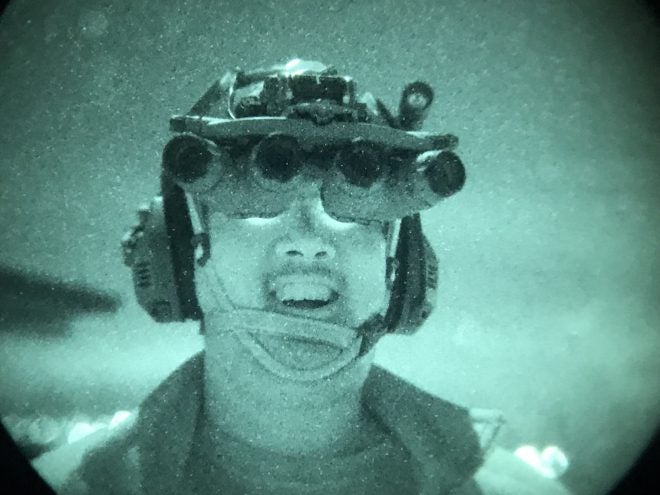When trying to see in the dark with night vision, most people start off with a monocular like the PVS-14 or a split view device like the PVS-7. If you have more money to burn you go with dual tubes, one image intensifying tube for each eye giving you 3D stereoscopic vision. You can do pretty much everything with dual tubes. However, for the ultimate night vision experience and better field of view, there are quad tubes. We take a look at and through a set of ANVIS10 PNVG.
Panoramic Night Vision Goggles (PNVG)
As the acronym PNVG clearly describes it, the ANVIS10 are panoramic NVGs. Typical night vision only shows a mere 40° field of view (FOV). Even with dual tubes you only see 40° since the two images your eyes see is merged into one image.
PNVGs are basically a set of bino dual tubes with an additional monocular on either side of the inboard tubes. You can actually do this to mimic the effect of PNVGs but it is not the same.

You will see your normal 40° field of view circle and your peripheral vision will pick up the two outboard NODs giving you three distinct circles. But this is not what real quad tubes like the ANVIS10 look like when you look through them.
The key factor is in the rear eyepiece. It has two lenses merged together. Making a sort of Venn diagram like image.
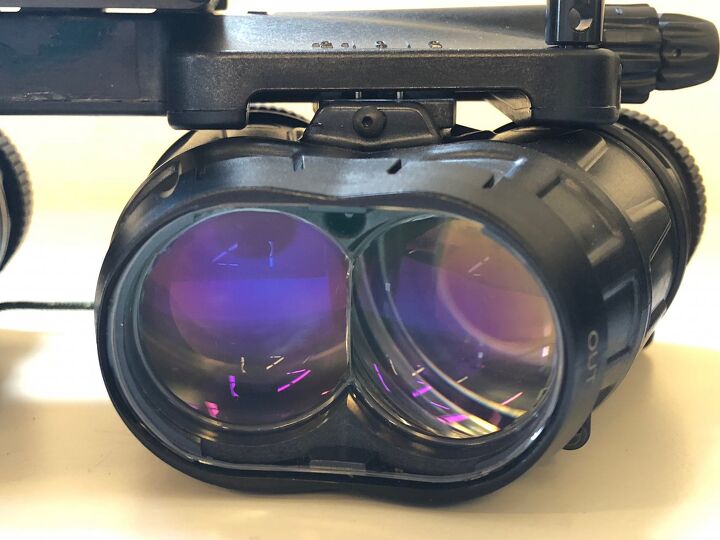
Photo credit JW Ramp
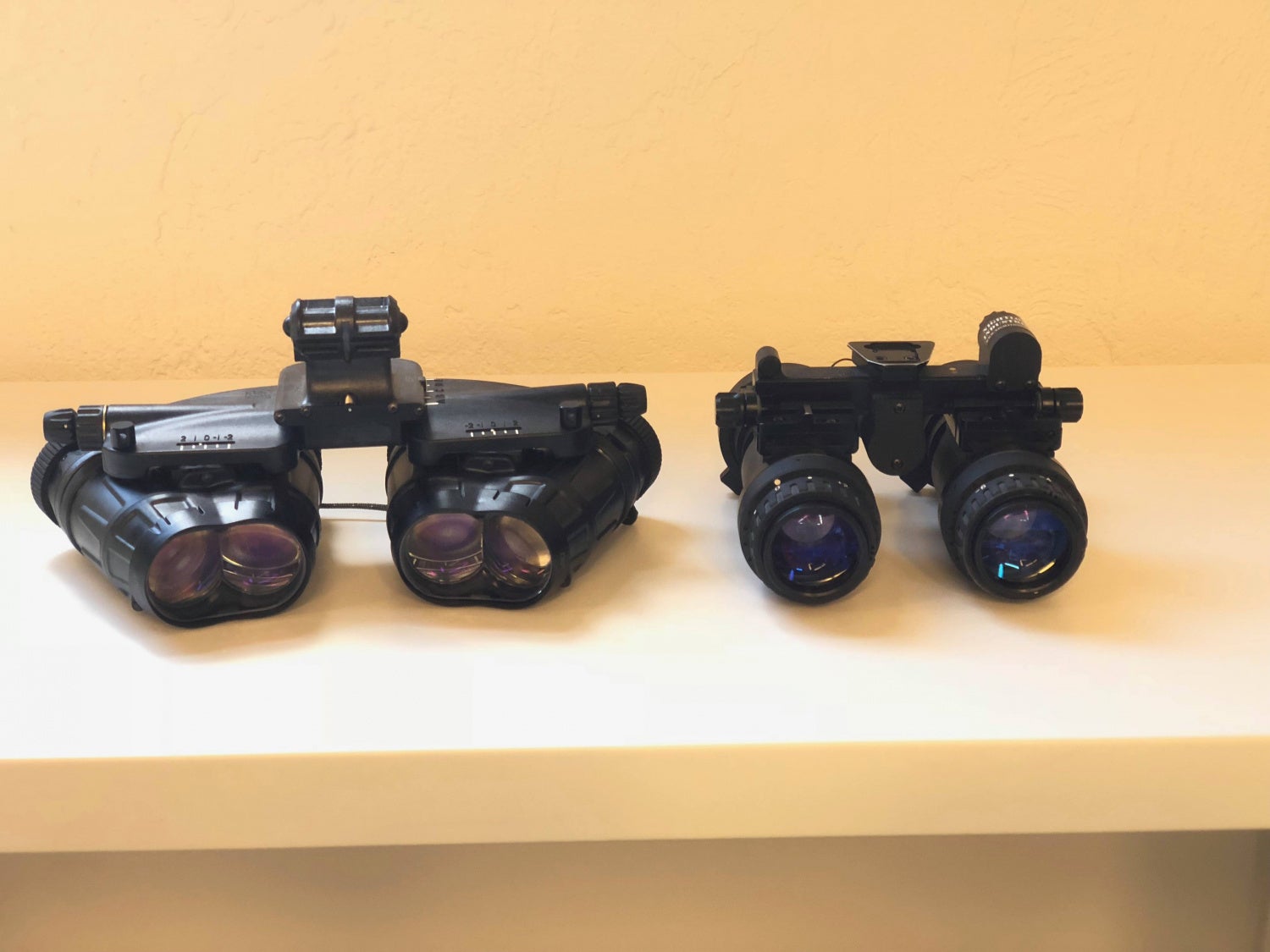
Photo credit JW Ramp
You can see the difference between a normal binocular dual tube MOD3 NODs on the right and the ANVIS10 on the left. So when you look through each eyepod, you see two circles but your brain merges the two inner circles into one circle.
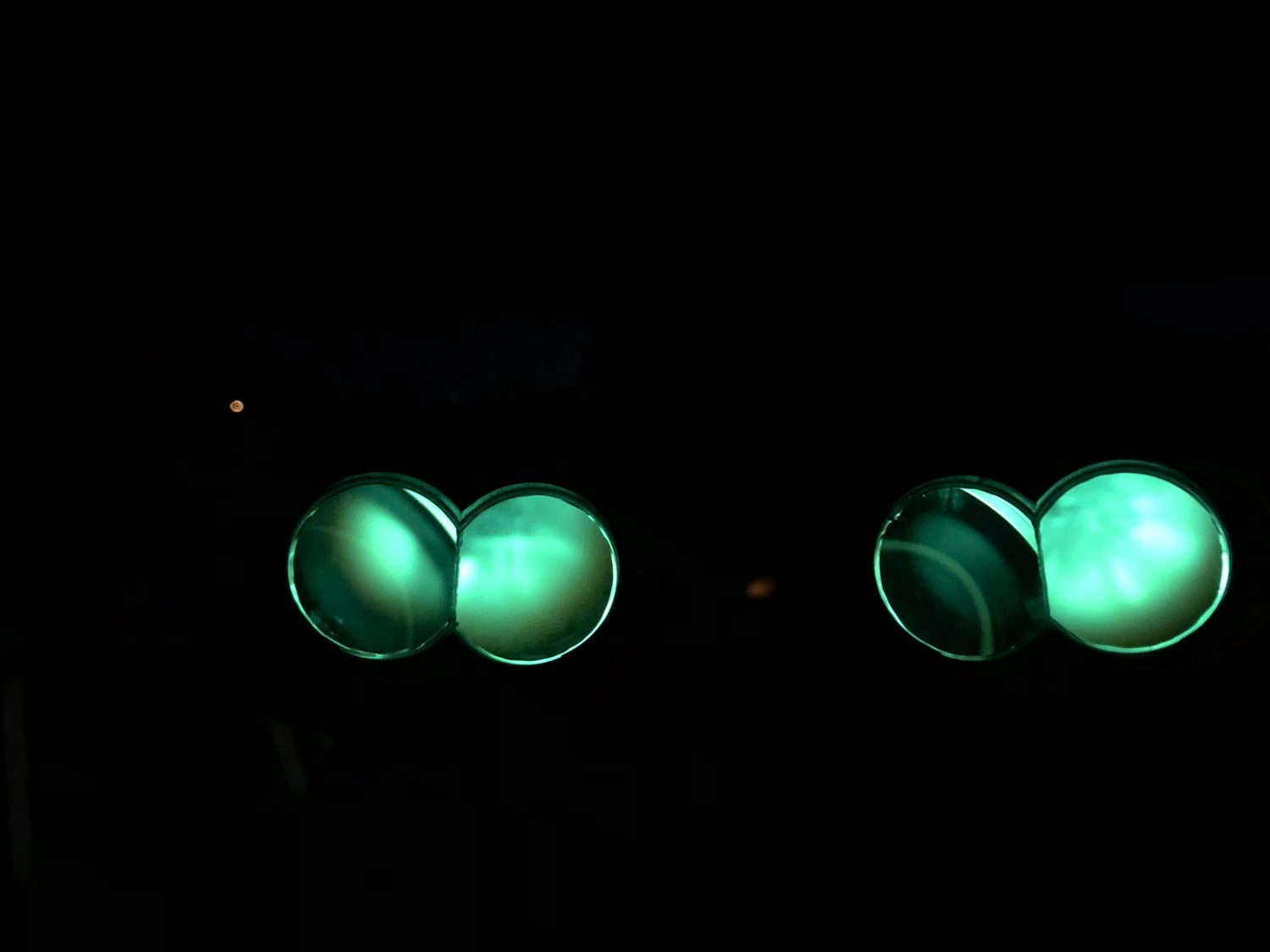

Photo credit JW Ramp
This is what ANVIS10 POV actually looks like. A three bean pod.
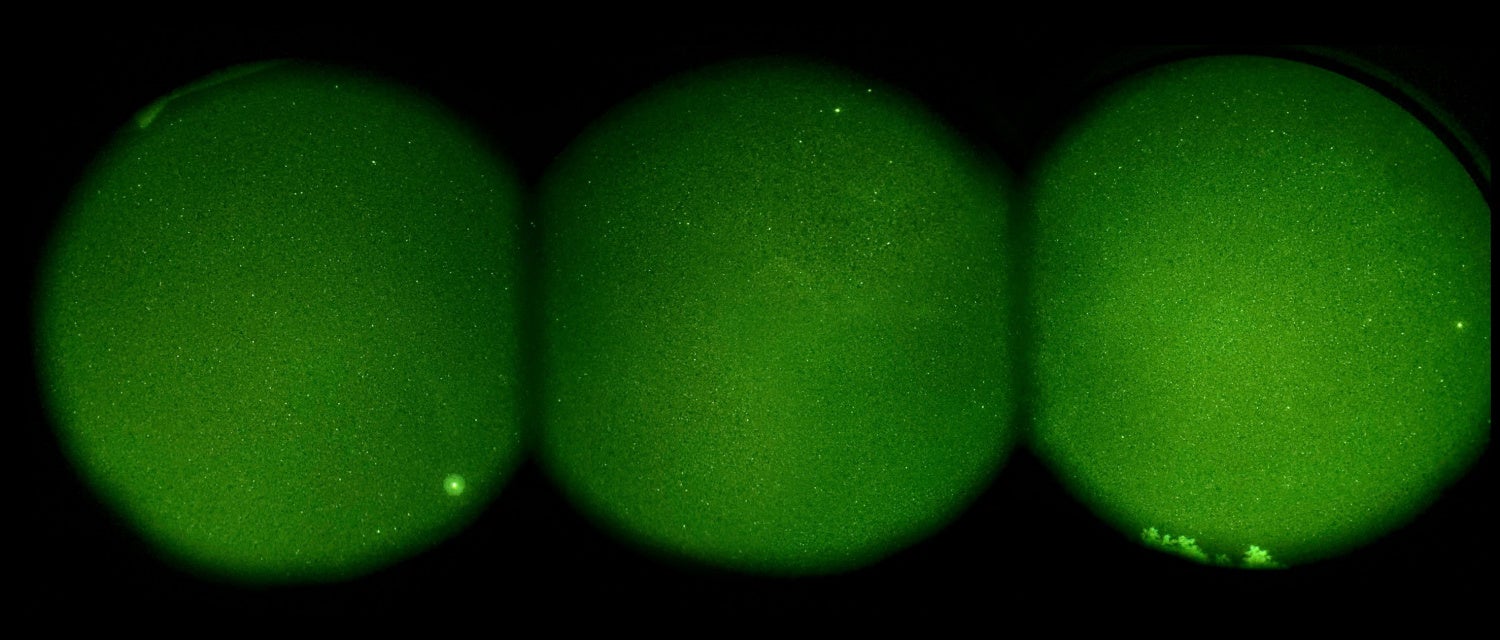
Photo credit JW Ramp
ANVIS10 vs GPNVG-18
You may be thinking to yourself “Those aren’t what the Navy Seals used to apprehend OBL”. And you would be correct. ANVIS10 are aviation night vision goggles. They are lighter weight and used for flying A-10 Thunderbolts.
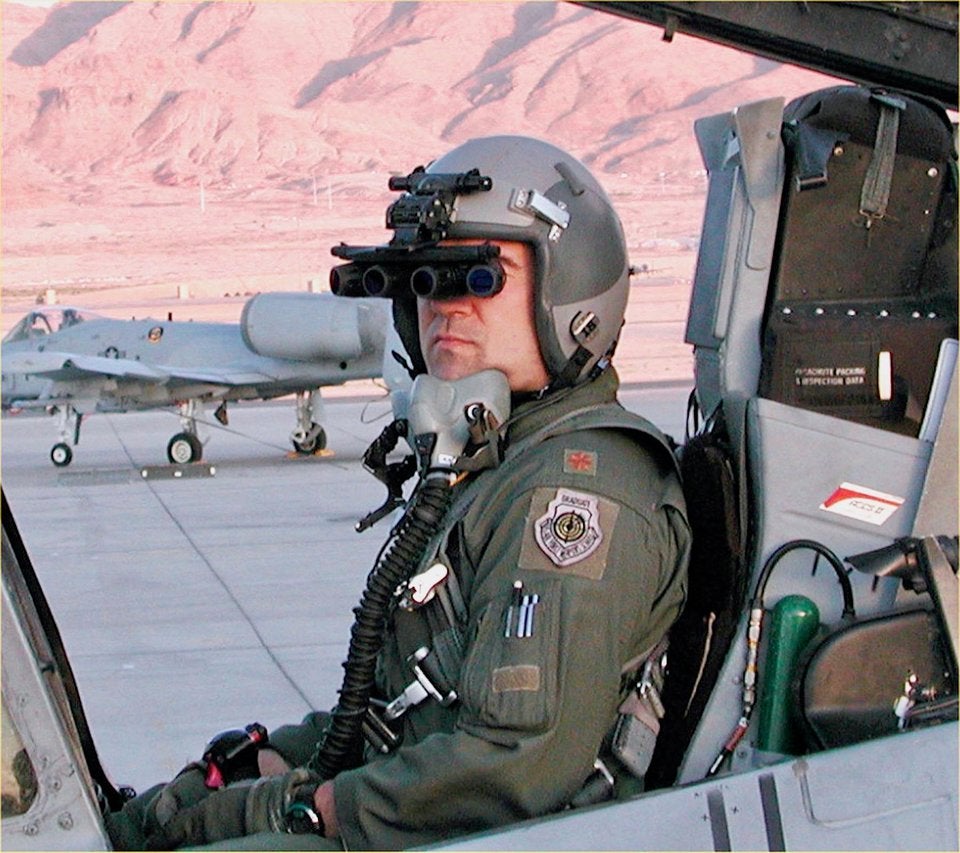
For dual tube NODs, there is the ANVIS9 or ANVIS6. They are for flying aircraft but for ground use, Adams Industries has a ruggedized version called Sentinels. Just like the Sentinels, L3 has a ground ruggedized version of the ANVIS10 called the GPNVG-18. The Ground Panoramic Night Vision Goggles are for ground fighting. They were made popular in the movie Zero Dark Thirty.

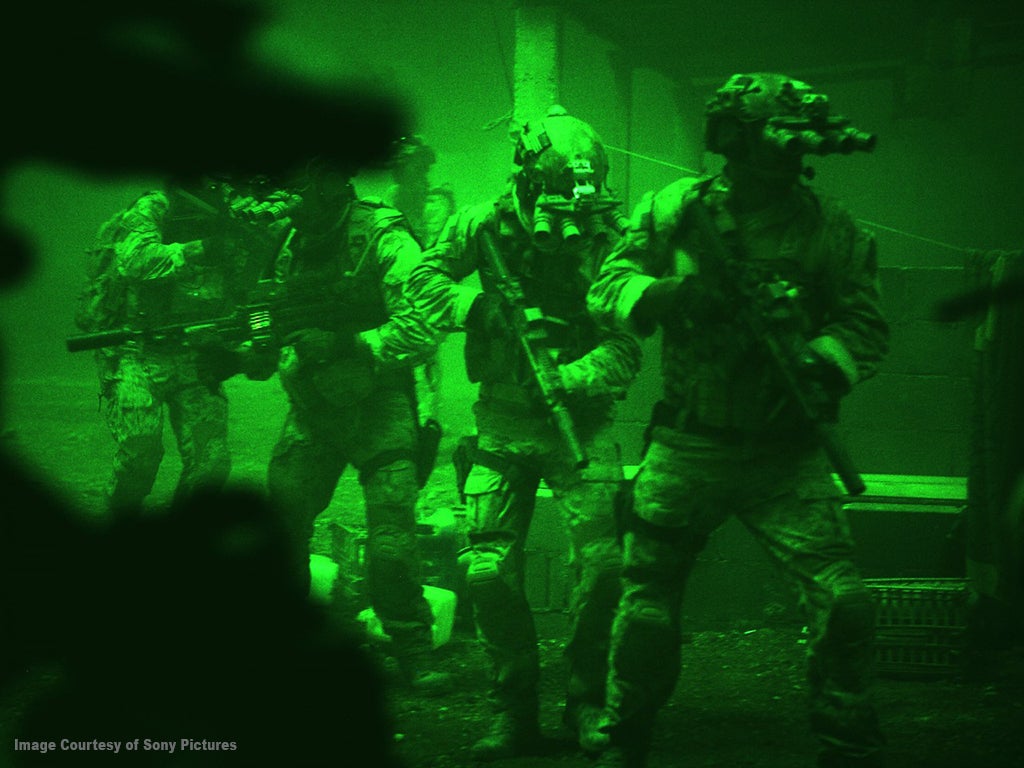
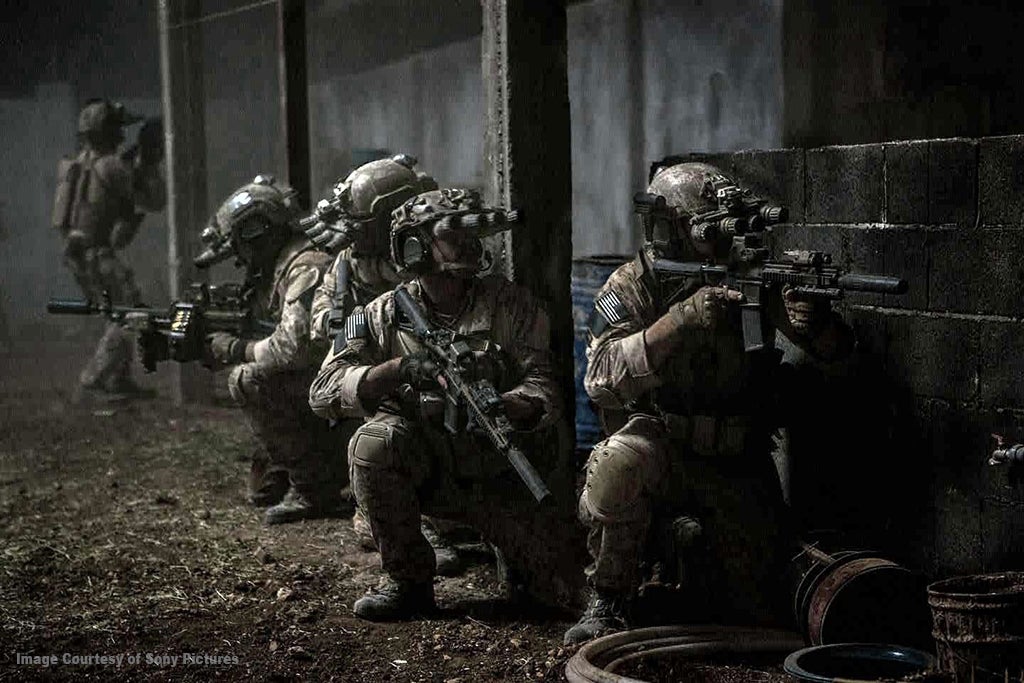
Remember the 40° field of view I mentioned earlier? Well the ANVIS10 PNVG has a 97° field of view. With traditional 40° NODs you spend a lot of time scanning left and right to gain situational awareness. Since the ANVIS10 has a greater field of view you do not have to pan your head as much.
More Tubes Is Not Always Better
While the greater field of view is undoubtedly better than dual tubes, the entire unit is wider and blocks your peripheral vision. When using a monocular or dual tube goggles you can usually see under or around the tubes to see your surroundings with your natural vision. This is not really possible with PNVGs. So you have to flip the entire goggle up on your helmet to see.
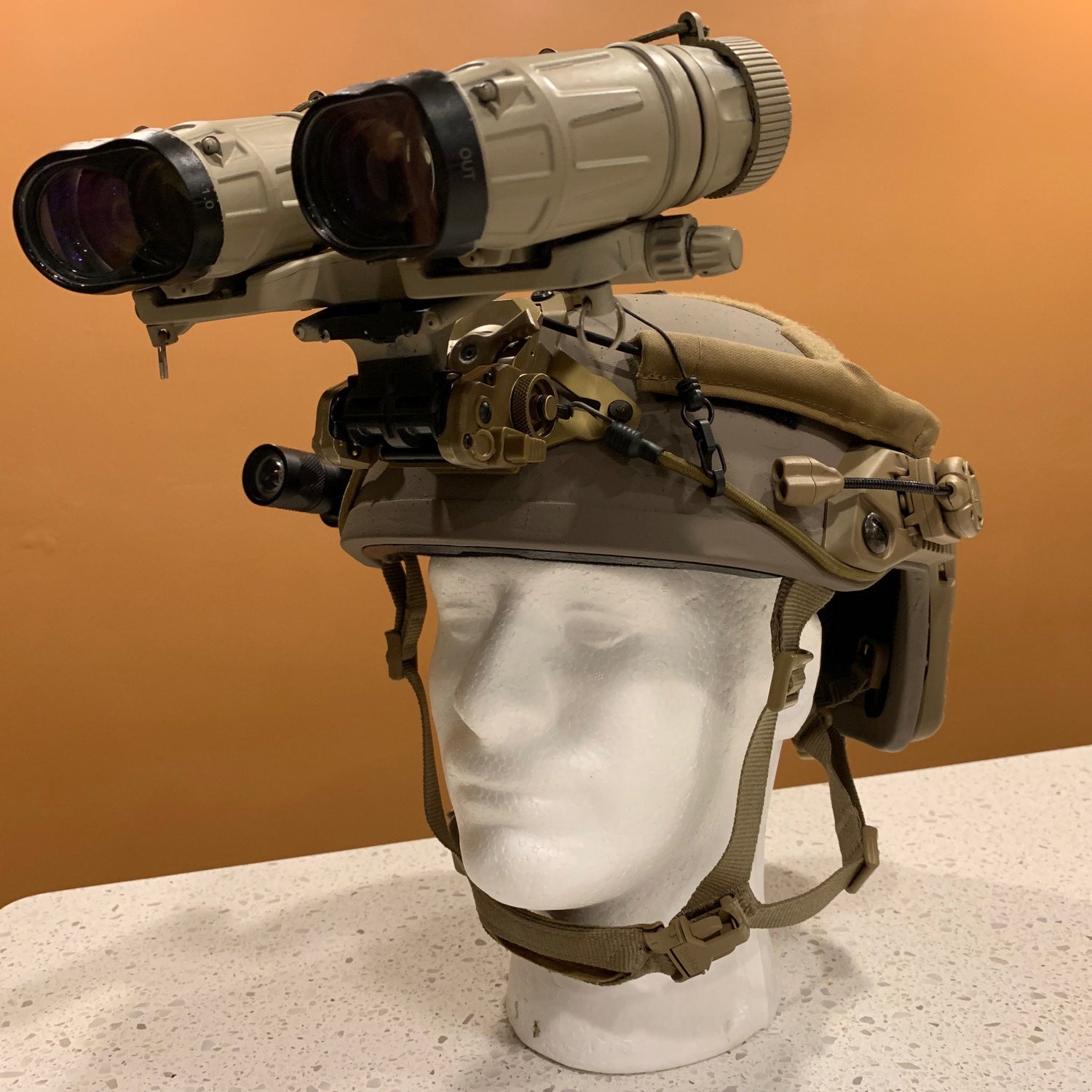
Photo credit JW Ramp
The other issue with the PNVGs is the diopter adjustment. Normal night vision goggles have a ring that you can adjust the diopter to fit your eyesight.

Since the rear lenses of the ANVIS10 and GPNVG-18 are merged, it is not possible to adjust them. According to JW Ramp, military pilots tend to have perfect vision so using a diopter is not really necessary. However, there is a clip on diopter adjustment in increments of 0.5. Both the GPNVG-18 and ANVIS10 utilize these snap on diopters.
The other problem with the ANVIS10 is its proprietary parts. It uses proprietary intensifier tubes, which you can see in the two photos below.
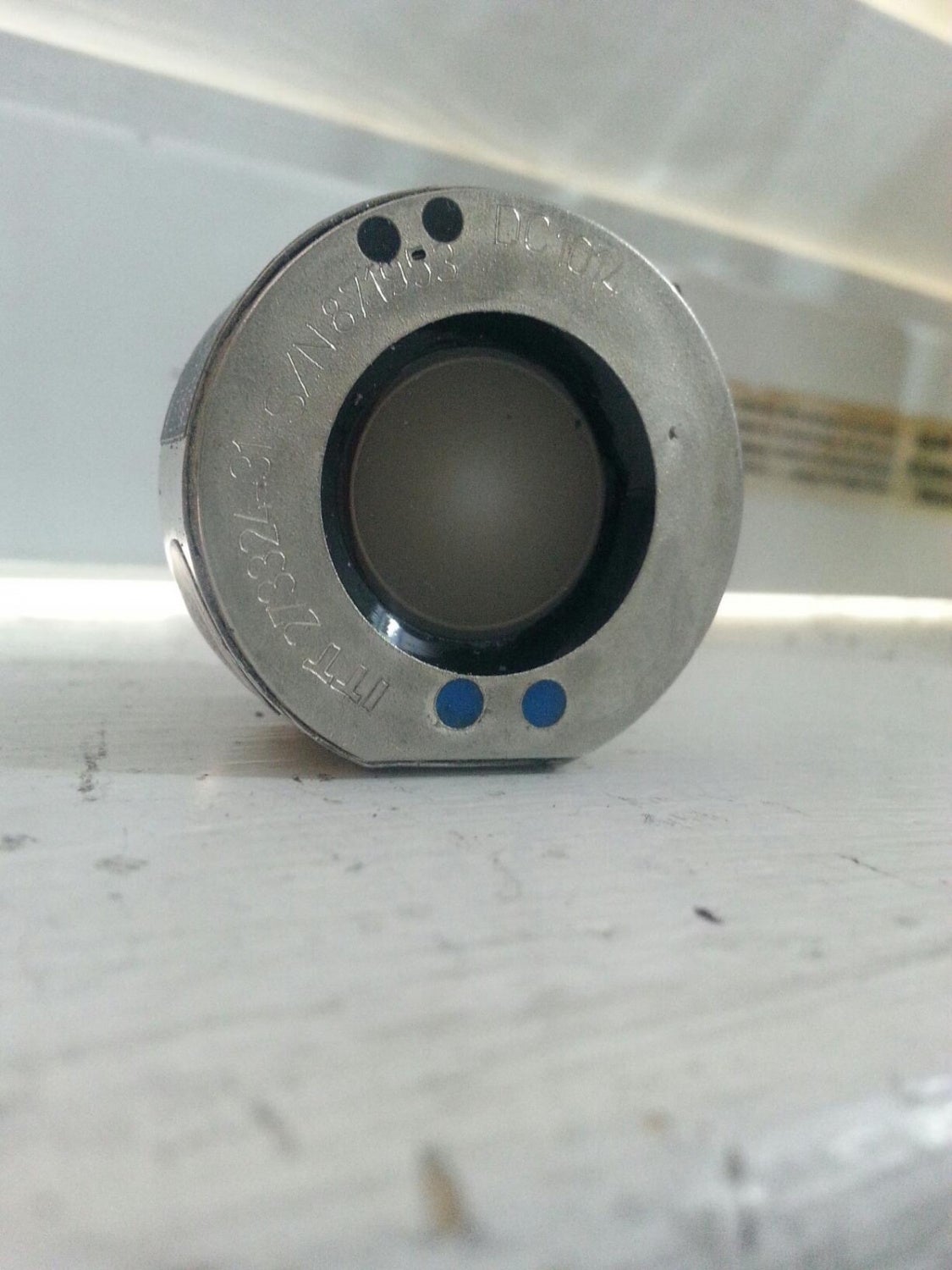
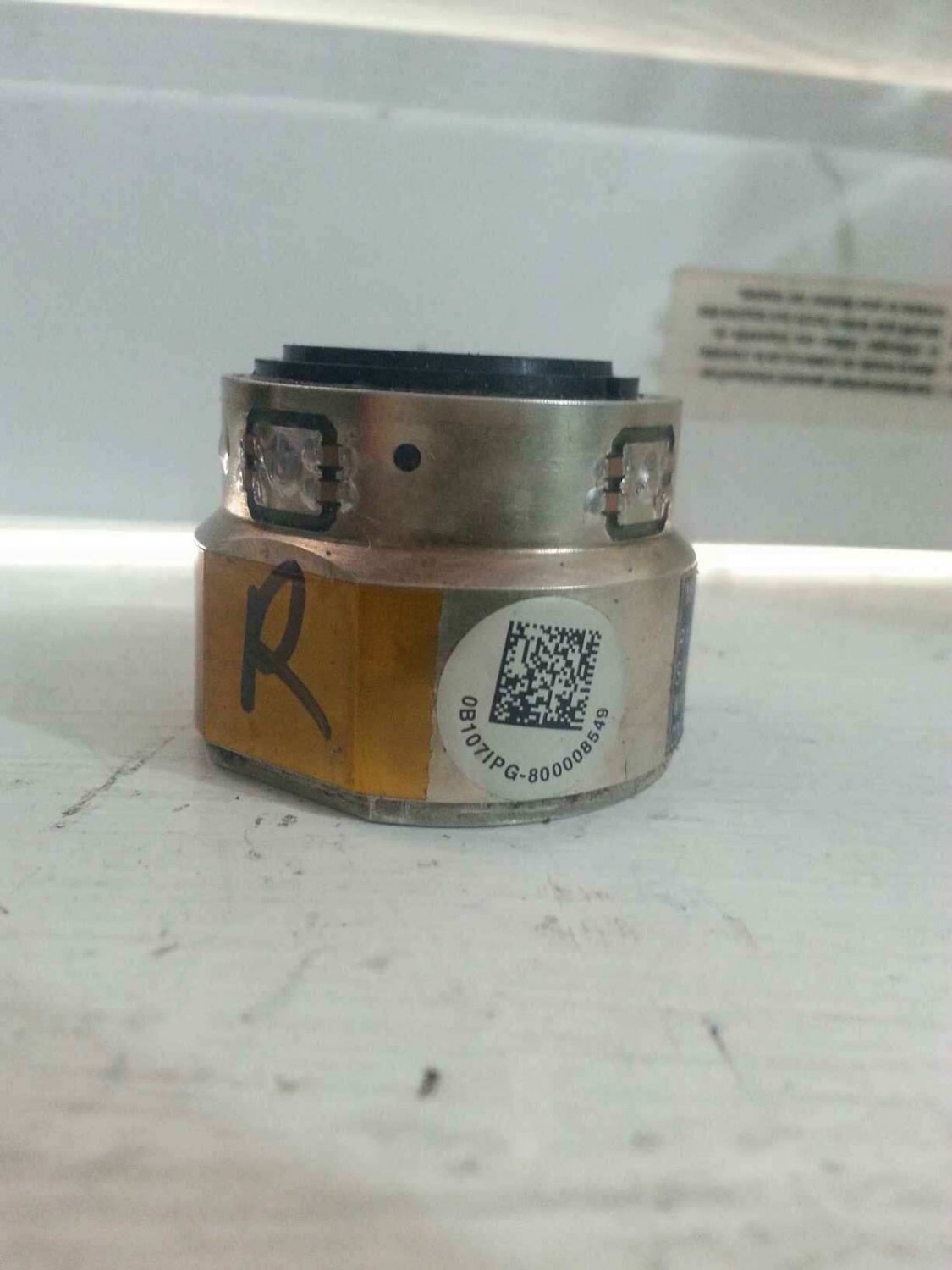
So if they get damaged from lasers or burn out, you will have a hard time finding replacements. To make it even more of a pain, the ANVIS10 has since been discontinued so spare parts are becoming scarce. I believe the GPNVG-18 by L3 does not suffer this problem and uses more traditional intensifier tubes but I have not confirmed this.
One aspect of the PNVGs is the price. Many people think of quad tubes having a rather steep price and that is partially true. The L3 GPNVG-18 are somewhere around $40k from what I have heard. ANVIS10s, on the other hand, are around $10k-$15k according to JW Ramp who owns the ANVIS10 you see in all the pictures above. While $10-$15k is certainly not the faint of heart, this is actually not a terrible price. I have seen dual tube NODs go for similar prices. The PVS-18s typically go for $12k. One of my friends is having TNVC build a set of DTNVGs using filmless L3 White Phosphor and it will be close to $10k when all said and done. If you break down the fact that the ANVIS10 has four tubes and if you consider a single tube could easily cost $2,000 each, you are at $8,000 in just tubes. Throw in another $2,000-$7,000 for the housing and optics? Not out of the question. DTNVG housings cost around $2,800 and that is without the lenses.
This puts the L3 GPNVG-18s is a stark contrast. Let’s say they use brand new filmless white phosphor intensifier tubes which retail for around $3,000 each. Now you are spending $12,000 for four tubes. Add another $30,000 for the housing? That is an entry-level luxury sedan. Not really seeing the cost vs benefit at that price.
What is it like shooting with the ANVIS10? Pretty natural if you have shot with normal night vision. You just see more of your surroundings. All the fundamentals of shooting under NODs still applies.
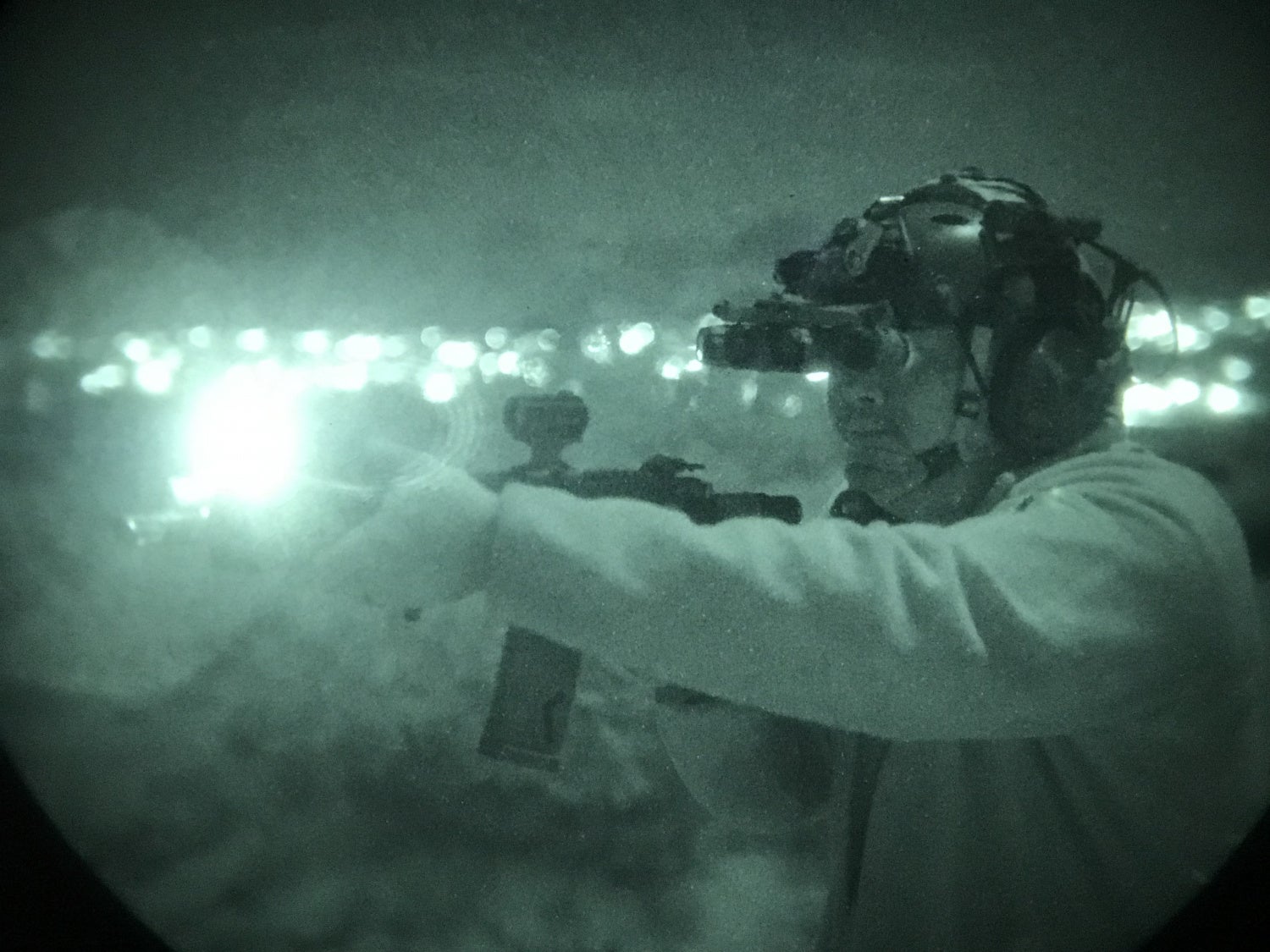
I had briefly tried on the demo GPNVG-18s at the L3 booth during last SHOT Show and was unimpressed with what I saw. I saw three distinct circles. This could have been an issue regarding the interpupillary distance not set properly to my eyes. Since that experience soured the concept of quad tubes for me I kept an open mind and reached out to JW Ramp to see if somehow I had missed the whole purpose of the PNVGs. An opportunity arose that I could meet up with JW and look through his ANVIS10. I would like to thank JW Ramp for letting me check out his ANVIS10 PNVGs.
 Your Privacy Choices
Your Privacy Choices
